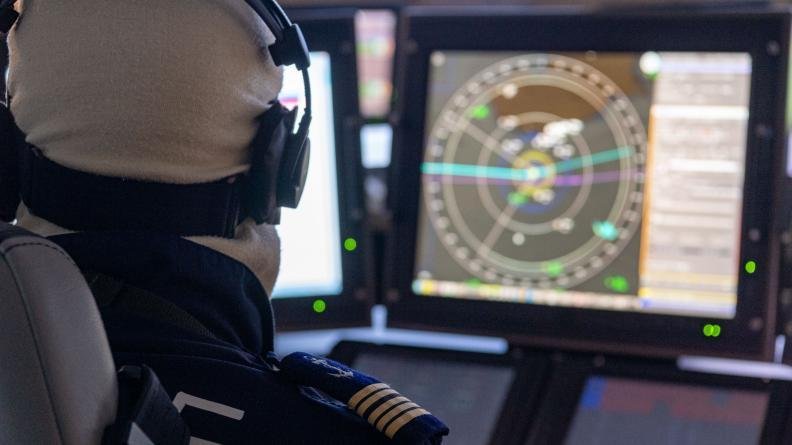LDTs connect all combat systems of GAN units. Using sensors from surface vessels, submarines and aircraft, LDTs enable real-time tactical data sharing over a wide area of operations. They are also used to transmit orders and control their execution on all the weapon systems that make up the force. For example, when Rafale Marine operates, the aircraft carrier transmits its orders via the LDT in a secure manner.
The LDTs used during the ANTARES mission allow French and foreign units integrated into the GAN, particularly Greek, Italian and Spanish, to exchange information and share their situational awareness effectively. The LDTs were notably used with the US Navy during the deployment of the GAN in the Red Sea and Indian Ocean. He served as Maritime Regional Interface Control Officer for the US Naval Forces Central Command (COM US NAVCENT). Thus, it centralized all the tactical data of the units of the Coalition Middle East Stability Forces and then shared it with COM US NAVCENT. This function illustrates its high level of interoperability with allied armies as well as its ability to assume a leading role in an international coalition.
Thanks to the use of modernized LDTs and by integrating units operating with these latest technologies, the GAN ensures both its control of vast aeromaritime spaces and the maintenance of an autonomous situational awareness capability. This contributes to its freedom of action which allows it to adapt quickly to any change in operational environment.
Faced with the power demonstrations of the main competitors of France and Europe, the carrier strike group demonstrates the capabilities of the France to intervene in different theaters, while maintaining its capacity for reversibility. The maritime and air operations of the carrier strike group, coordinated with the allies, contribute to ensuring freedom of maritime navigation and air traffic in the Mediterranean, as well as in the Indian Ocean and up to the Indo-Pacific.

